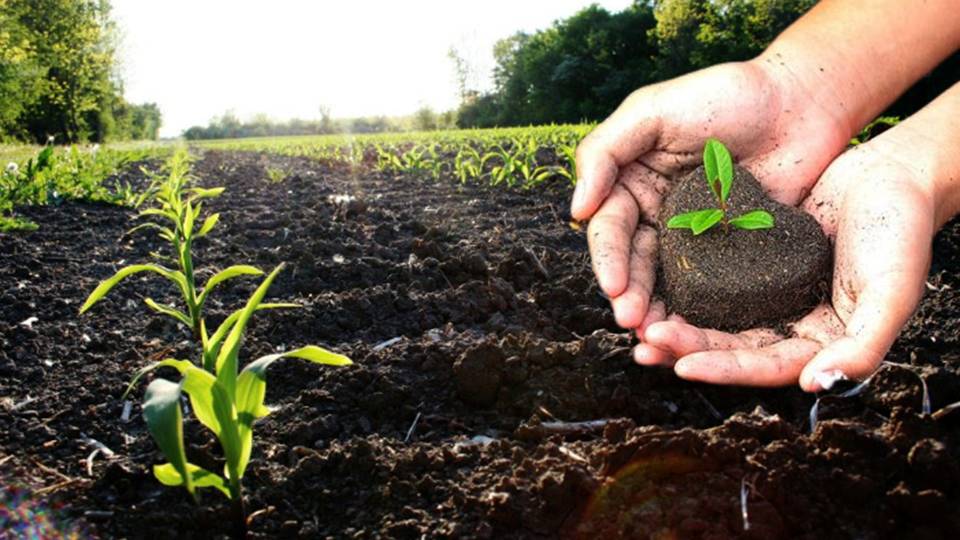Coupled with a population explosion and a low rate of agricultural productivity, India met with one of the worst food crises in the 1960s. The food aid of the United States of America and the United Kingdom was denied following the war with China (1962) and Pakistan (1965). This food crisis provided ground for the launch of the Green Revolution in India. The introduction of HYV (High Yield Variety) seeds, fertilizers, pesticides, and other agricultural technology enormously increased productivity and ensured food security in the country. From a food grain importing country, India effectively became a food surplus country. But, the overuse of pesticides and fertilizers in agricultural activities becomes detrimental for the environment in the long term. Now, arguments are being made to launch an Evergreen Revolution to maintain the productivity of agriculture and the health of the environment.
The Good and Bad of the Green Revolution
The launch of the Green Revolution ensured the food security of the country. The HYV seeds and fertilizers increased the productivity of agriculture in India. In the 1960s, Rice yields were about two tons per hectare which reached about 4.5 tons per hectare, and the wheat yield increased to 5 tons per hectare in the Punjab region where Green Revolution was intensively promoted. With about 107 million tons of wheat and 122.27 million metric tons of Rice, India became the second biggest food grain producer in the world after China. Further, with 18 per cent of the country’s GDP, around 58% of the population is engaged directly or indirectly in agricultural activities.
Although the country became a food surplus, the impact of the Green Revolution again endangered India’s food security. Commercialization and unregulated fertilizer use have started to pollute the environment. According to a report, a kilogram of rice requires an average of 2800 litres of water. The overuse of fertilizers has polluted the soil and has created problems like loss of soil fertility, soil erosion, soil toxicity, water pollution, the salinity of groundwater, and increased livestock diseases.
Further, government policies like Minimum Support Price (MSP), fertilizers subsidy, and tax rebate on Agri procured like seeds, tractors, and other associated equipment aligned the production of rice and wheat in an unsustainable manner.
Not only Punjab and Haryana regions are facing the critical side effects of the unwise use of fertilizers but later, wherever the fertilizers and pesticides were adopted, all those places are facing the same soil salinity problems.
Also Read: Agriculture is all set to write the golden chapter of the Indian Economy
Time for Evergreen Revolution
The time has come to correct the excess of the green revolution and launch an evergreen revolution throughout the country. Farmers are producing rice and wheat because they have been provided with the ensured remunerative price in the form of MSP. It’s time to diversify the MSP guaranteed to other crops like millets and pulses. On one hand, they will provide the sufficient nutrition required by the country on the other, their less use of water and fertilizers will secure the soil fertility in the country.
The effort should be to adopt sustainable agricultural planning and support sustainable practices in the production of grains. With proper use of soil health cards, farmers should be digitally provided with information on how much and what type of fertilizers they should use for their produce.
Also Read: Nanotech can completely transform Indian Agriculture Sector
Further, with the use of technology, a country-wise survey of land should be launched and agricultural land should be graded according to its potential farming activities. Tapping the mass human as well as land resources of eastern India, highly incentivized smart agricultural activities should be promoted. Country-wide land-produce mapping will support farmers with intelligent choice of farming activities and help in multiplying their incomes.
Effects of climate change and environmental degradation have already started to reflect in the form of flash floods and cloudburst-like situations. Further, the increase in soil salinity, groundwater depletion, and uneven productivity capacity is forcing the country into another food crisis. The time has come to move on from the Green Revolution and launch an Evergreen Revolution in the country to secure the people from the 21st-century food crises.
Support TFI:
Support us to strengthen the ‘Right’ ideology of cultural nationalism by purchasing the best quality garments from TFI-STORE.COM
